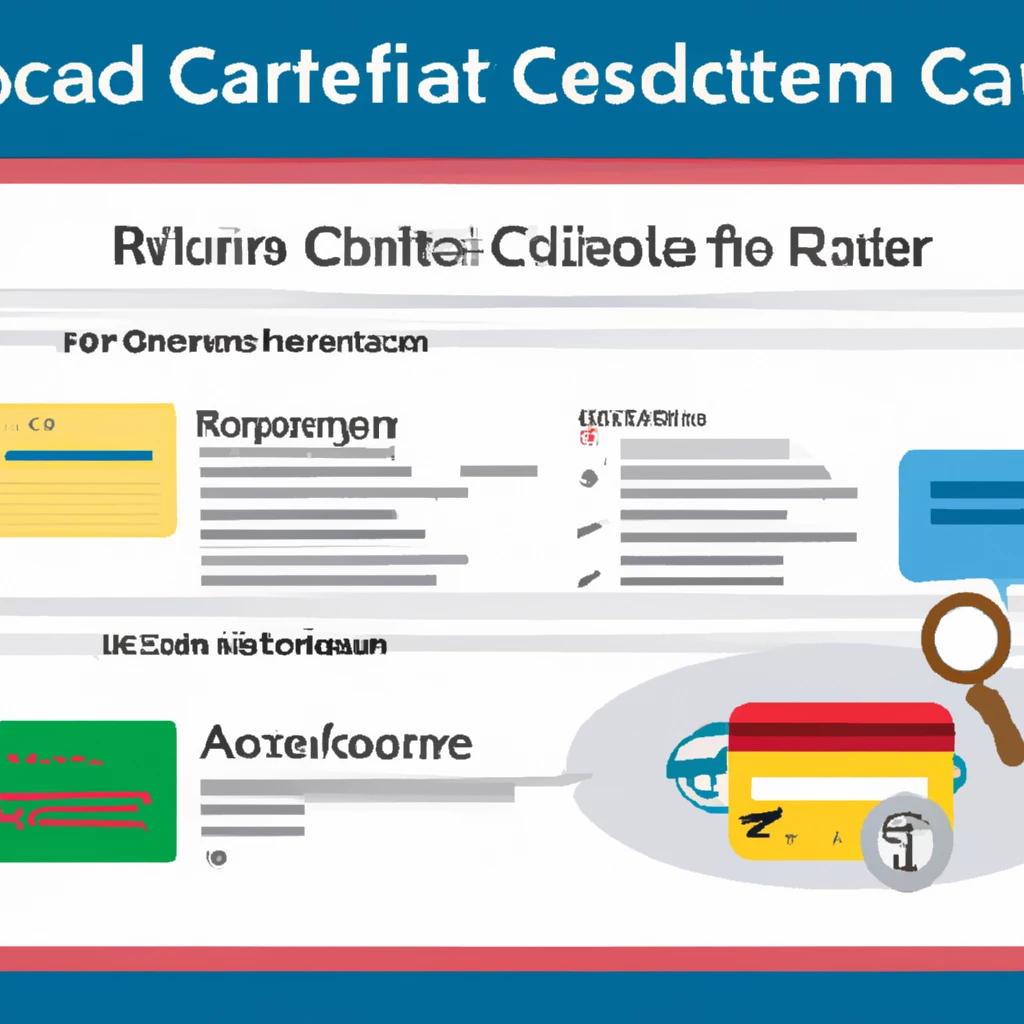Understanding the importance of a good credit rating is crucial for your financial well-being. Your credit score plays a significant role when you apply for loans, credit cards, or other types of credit. It influences not only your chances of approval but also the interest rates you’re offered on borrowed money.
How to Read Your Consumer Credit Report
Deciphering a credit report might seem daunting initially, but breaking it down into sections can make it easier to understand. Typically, credit reports are segmented into five main categories:
Personal Information
Your credit report contains vital personal details tied to your credit history, such as your Social Security number, name, date of birth, current address, previous addresses, and employment history.
The three primary credit rating agencies are Experian, Equifax, and TransUnion.
Credit Accounts
This section typically holds detailed information about your current and past credit accounts, including the type of account, creditor names, current balances, credit limits, payment history, and account open and close dates.
Collection Items
Collections items on your credit report can significantly impact your score, arising from unpaid debts that have been handed over to collection agencies.
Public Records
This section lists legal items like judgments, wage garnishments, foreclosures, and bankruptcies that can influence your credit report.
Inquiries
Each time you apply for credit, a “hard inquiry” is conducted. These inquiries are recorded on your report, but certain inquiries, like those from employers or for preapprovals, do not affect your score and are considered “soft checks.”
Who Generates Credit Scores?
Credit scores, such as the FICO and VantageScore, are formulated using data from your credit report. These scores, ranging from 300 to 850, are crucial for lenders in assessing your creditworthiness.
Being aware of the information on your credit report is the first step towards improving your credit health.
Your Credit Report and Credit Scoring
Understanding your credit report can reveal factors that affect your credit score. Both FICO and VantageScore consider various elements like payment history and credit utilization to calculate scores.
- Payment History
- Credit Utilization
- Length of Credit History
- Credit Mix
- New Credit
Factors like on-time payments strengthen your score, while late payments can harm it significantly.
Similar to FICO, VantageScore considers factors such as payment history and debt balances to assess your creditworthiness.
Regularly reviewing your credit report can help you identify habits affecting your score positively or negatively. It also aids in detecting errors or signs of identity theft.
What Is a Consumer Credit Report?
A consumer credit report provides a detailed overview of your credit activity, including account status, payment history, and personal information like name and Social Security number, and public records such as liens or bankruptcies.
What Type of Information Is Not Found on a Consumer’s Credit Report?
Personal buying habits, marital status, medical information, and other non-credit-related data are not included in a credit report.
What Does a Full Credit Report Look Like?
A comprehensive credit report resembles a financial statement showcasing an individual’s credit profile, personal information, credit accounts, and public records.
The Bottom Line
Monitoring your credit report is crucial for enhancing your credit score. Remember, negative items can impact your report for several years, so staying vigilant can help you establish a strong credit history beneficial for future financial endeavors.
